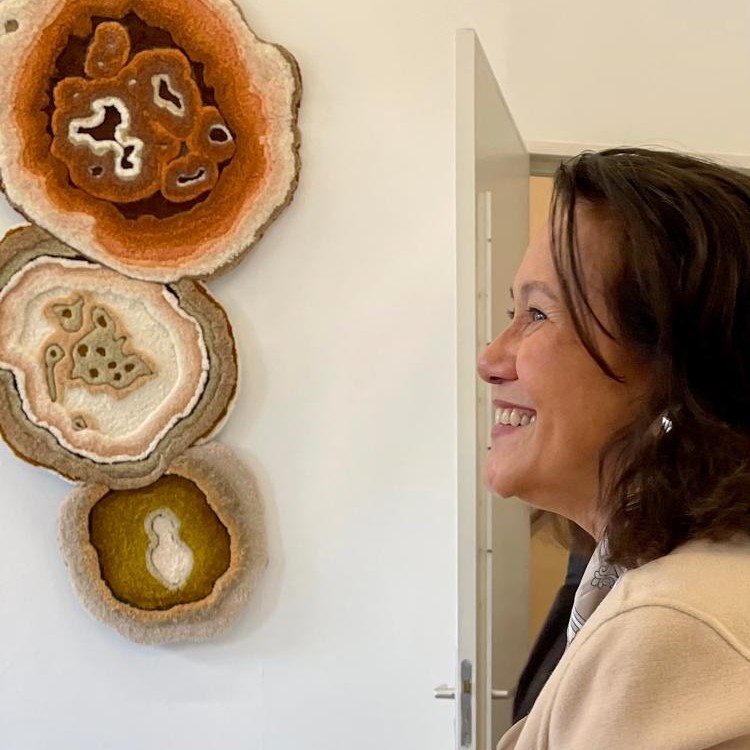
Clemente Brakel is the founding director of NL=US Art, a private gallery and art consultancy with a focus on contemporary Dutch and American art. Fine Art Shippers spoke with her about establishing relationships with the artists, living, and working between the two countries, and the growing trend of art digitalization.
NL=US ART: SUPPORTING EMERGING ARTISTS

To begin with, could you tell us about your background and professional journey?
Clemente Brakel: Art has always been a significant influence in my life, with visits to museums, movies, theater, and music being an integral part of my upbringing. It is a passion that I have successfully turned into my profession.
I have been a lifelong learner, having obtained several degrees in the Netherlands, followed by pursuing a Ph.D. in Dutch Language and Literature at UC Berkeley. After a move from California to the East Coast, I decided to leave my studies and focus on raising my children. That break lasted for about ten years before I returned to my career again and since my interest was always in the arts, I followed several courses at Christie’s.
As I understand, your comeback was marked by the establishment of your own art consultancy. Is that correct? What motivated you and how did you proceed?
One of my friends in the US and one in the Netherlands, both photographers, knew about my interest in art and my education in the field. They suggested that I represent them as their art consultant, and that moment was a turning point for me. My children were growing up and becoming more independent, so I decided to take the plunge and establish my own art consultancy. I have not looked back since and have no regrets about that decision.
What is the concept of your gallery, NL=US Art, and how does it distinguish itself from other galleries and art consulting services?
We launched an art consultancy in 2012 and chose the name NL=US Art, where the first part stands for the Netherlands where I am from, and the second part for the US where I live. We have since expanded to include a group of international emerging and mid-career artists. I am proud of our diverse group of artists, which comprises a significant number of female(she/her) artists and around ten sculptors, making our roster unique. We do not limit ourselves to any particular media but represent artists from various backgrounds and demographics.
Our offices are in New Jersey and New York City where I spent most of my time, while our brick-and- mortar gallery is in Rotterdam. We recently relocated to a new gallery space situated in the center of the city. It is a historical building with ceiling paintings from the late 19th century, which form an interesting dialog with the contemporary art we show.
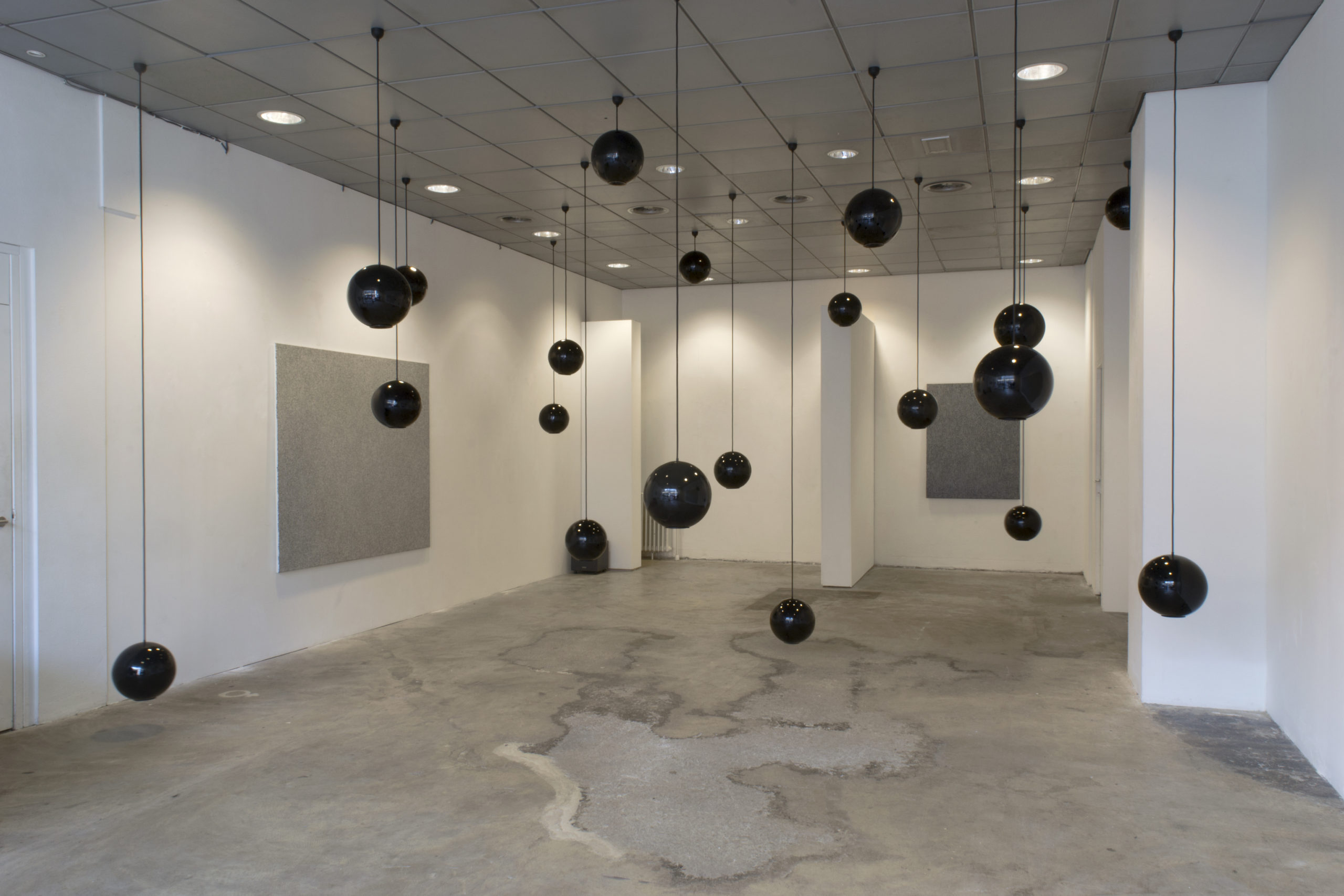
Do you primarily represent Dutch artists or is it a mix of both Dutch and American artists?
While most of the artists are Dutch, we also work with artists from Italy, Germany, and the USA. I am cautious about taking on too many artists as I want to ensure that I can provide adequate support and attention to each of them and maintain a meaningful relationship that advances their career. Thus, I prefer to have a smaller, more dedicated group that I can showcase both in the gallery and at events, rather than a large roster of 30-40 artists. This allows me to work closely with them and give my best to their success.
What criteria do you use when selecting artists to represent? Are your selection criteria fixed, or do they evolve over time?
It’s a gut feeling, I tend to rely on my instincts and intuition, developed through my lifelong experience in the art world. I prioritize artists with a distinctive voice and a profound dedication to craftsmanship. All of them demonstrate a mastery of their medium and often employ labor-intensive techniques. To me, an artist’s level of craftsmanship is a crucial aspect to consider when assessing their work.
What relationship do you establish with the artists you represent?
We developed warm relationships with the artists through the years. Once a year, we all get together, and it does feel like a family reunion. I believe it is essential to connect with each artist on a personal level and put their best interest first. Respect is fundamental in any relationship, and the gallery business is no exception.
How do you balance the business side with this “family” relationship?
Having transparent contracts in place is of utmost importance. Although we maintain friendly relationships, contracts help to ensure clarity and avoid misunderstandings. We use various media and online art marketplaces to showcase our artists to a larger audience. We work on a percentage basis, and I am somewhat flexible when it comes to sales, particularly for emerging artists. Overall, my approach depends on the specific situation.
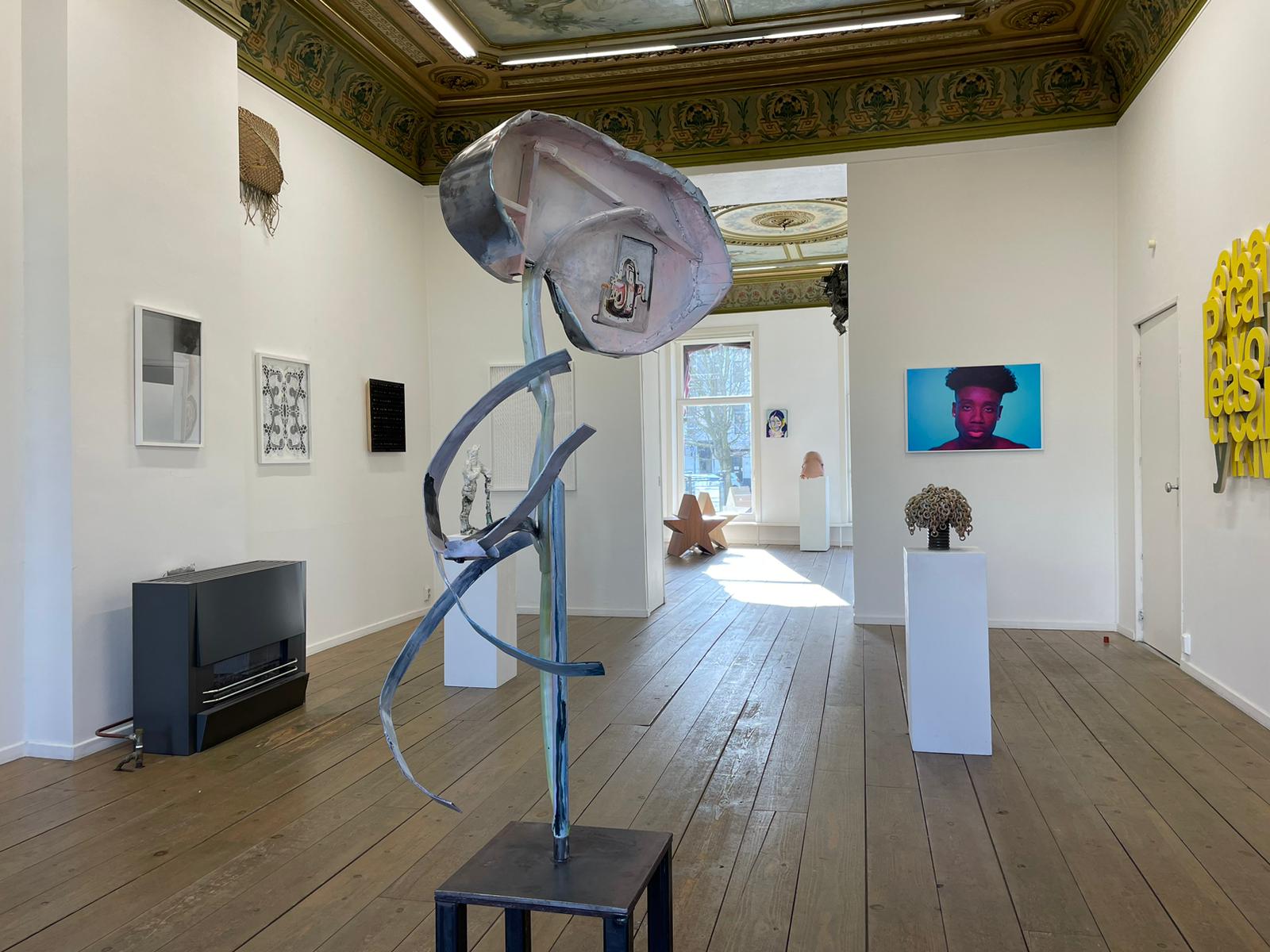
How frequently do you travel to the Netherlands?
I usually travel to the Rotterdam gallery whenever there is an exhibition, which is about six to seven times a year for about two weeks, sometimes longer. I believe it is important to attend the openings and interact with visitors. While my assistants handle most of the sales, I am present as the face of the gallery and engage in conversations with visitors. Additionally, I also attend art fairs in the Netherlands.
What is your strategy for promoting your represented artists?
We regularly organize solo and duo exhibitions and, occasionally, group shows, but since we only have one exhibition space, our opportunities are limited. Therefore, we participate in major art fairs in New York, Miami, and Basel. Currently, we exhibit at four art fairs in the Netherlands and several in New York and other international locations. This is quite a lot, but we plan to expand our presence and participate in more international art fairs in the future. This year, we participated in Art Rotterdam and Art on Paper in Amsterdam. In May and June, we will be at Volta NY and Volta Basel. Other fairs are planned for later this year.
How do you perceive the current state of the modern art market and its evolution in recent years? How do you anticipate it will develop in the future?
As someone who primarily sells art at fairs, I consider these events to be essential to the market, despite the influence of factors such as the Covid pandemic and economic conditions. Yet, I find the growing prominence of digital art to be an exciting development. I think younger artists who have grown up in a digitally native environment will have more of a say in shaping the new artistic language. I am all for it and believe more artists will be integrating digital components into their work in the future.
Interview by Inna Logunova
Photo courtesy of NL=US Art
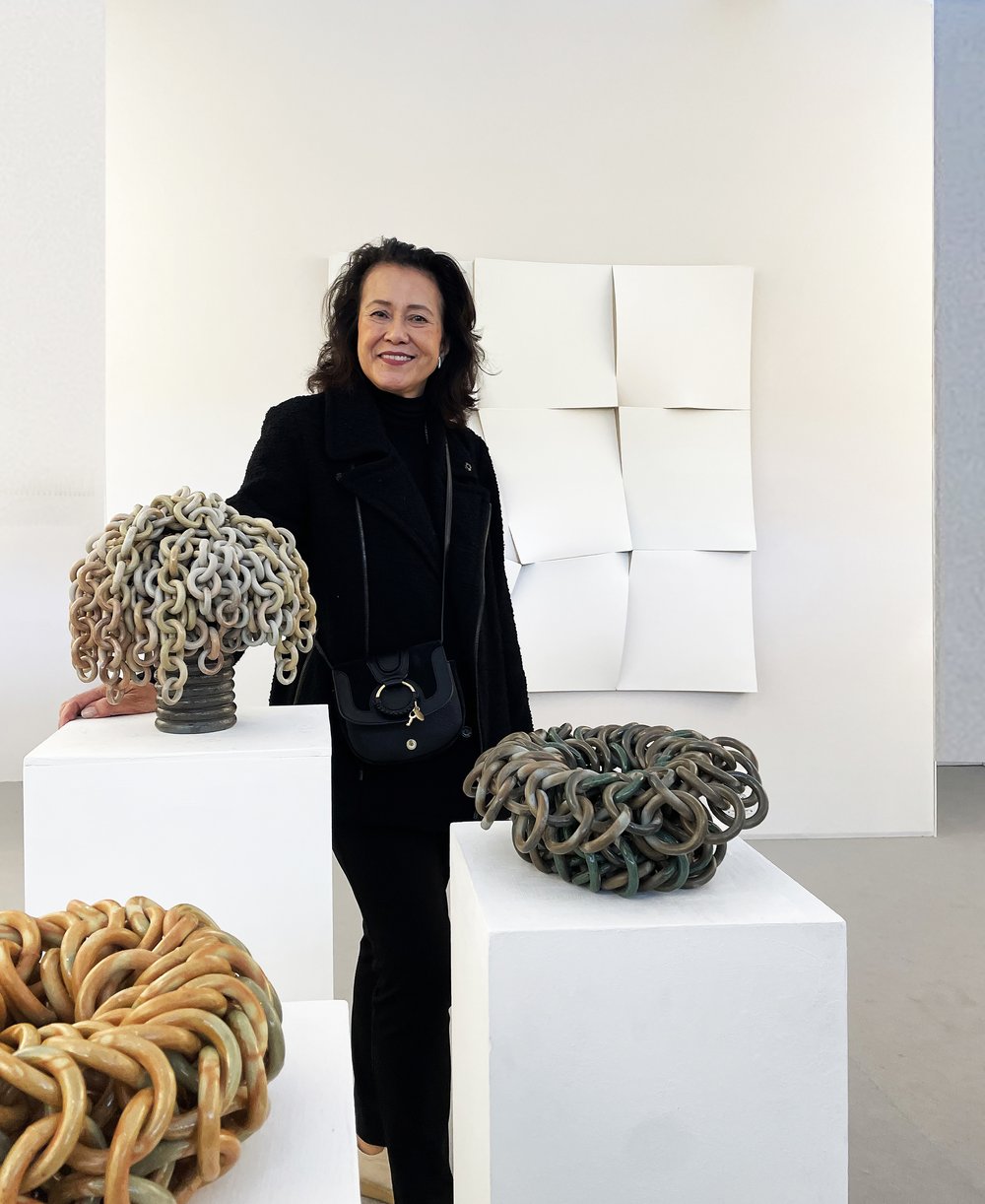
VOLTA VOICES: NL = US Art
In this edition, Kamiar Maleki speaks with Clemente Brakel, founder and owner of NL=US Art
Kamiar Maleki: Dear Clemente, tell us a bit about the history of your gallery, when did you open your space in Rotterdam?
Clemente Brakel: I started NL=US in 2014 as an art consultancy after living in the United States for many years. I wanted to make my own cultural connections by bringing Dutch artists to the US market. Since then, the consultancy has grown into a gallery that represents both Dutch and American artists and we collaborate with artists from around the world. The main focus of NL=US Art is to establish a platform for these artists in a global environment.
Kamiar Maleki: What encourages you to support young and mid-career artists?
Clemente Brakel: It is always interesting what young artists are doing. They represent the ‘now’ and are keen on what is going on around them, either societal or in the still evolving world of new ways to express yourself as an artist: to see how they develop their own ‘language’ is exciting.
We have a number of mid-career artists with whom we work. To keep reinventing yourself as an artist is important and to see that process in both mid-career and established artists is fascinating. One of my goals at NL=US is to nurture a dialogue between the different artists that I represent.
Kamiar Maleki: Which artists do you represent in your current exhibition?
Clemente Brakel: We have the duo exhibition by Esther Jiskoot and Juliane Schmidt ‘nu’ going on at the gallery. The existential concept of ‘nu’ (Dutch for ‘now’) is related to the work of both artists. Written in small letters, it remains the same even after a rotation of 180 degrees: illustrating the question of the nature of time itself.
It is hardly possible to capture the now, which flutters between the past and the future. Both artists address the struggles and vulnerability of human life in their own way, using a different form of language. While Schmidt’s work focuses on the Sisyphean struggle of everyday life and the sensation of inadequacy, Jiskoot’s is more about repression and the denial and resistance that men have no hold on the world but are still hoping and trying to live without fear.

André Kruysen, Fall-Winter
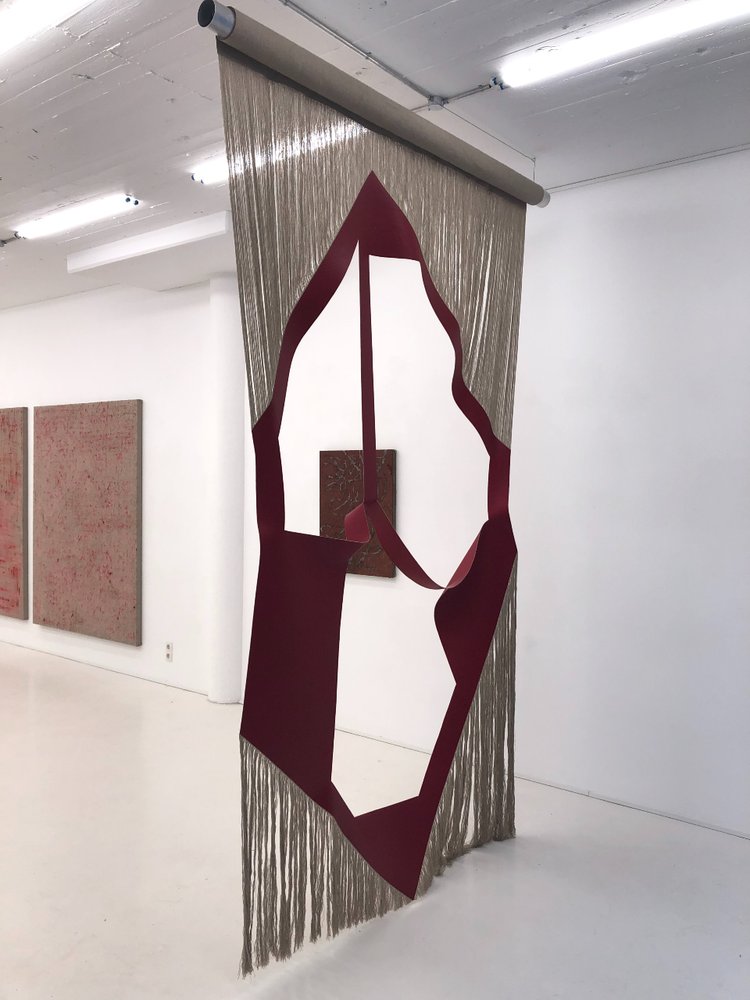
Lily de Bont, ‘The Canvas’
Kamiar Maleki: Which artists will you work with in Volta NYC 2023?
Clemente Brakel: For the upcoming Volta NYC 2023 we will bring the artists Willem Besselink, Lily de Bont and Kirsten Hutsch.
Willem Besselink is fascinated by structures, patterns and systems that lie hidden in daily life occurrences. Interferences of these patterns are of importance to him, as this invites the viewer to relate to his work, not just visually, but also physically.
De Bont is interested in the limitations of a canvas: the deconstruction and reconstruction of the canvas. Carefully she removes the canvas from the frame. She cuts the wires systematically and accurately and by doing this affecting the connection in a canvas.
Hutsch is also fascinated by the boundaries of the canvas. In the past Hutsch transferred paint from one canvas to another, accurately reproducing the canvas itself as a trompe l’oeil. Lately she makes compositions with multiple canvases, stuck, or tied together by tape works.
All the artists combine a theory–an analytical idea with a tangible outcome. They embrace confinement, but at the same time try to stretch its boundaries further and further. There are still all kinds of discoveries and inventions to be made and that these depend not only on a brilliant moment, but also on analysis, perseverance, and the continuous development of new skills; craft is not a ‘dirty’ word, but a necessity for innovation to come.
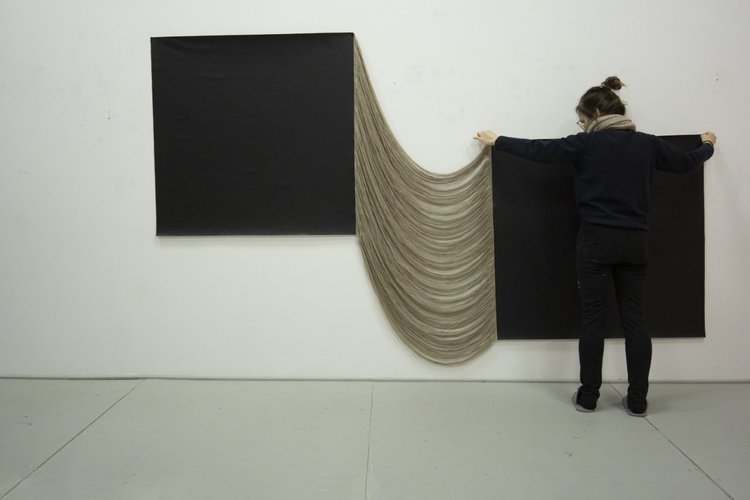
Artist Lily de Bont
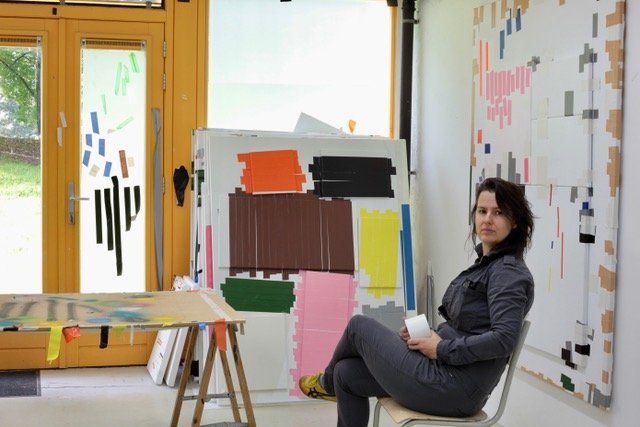
Artist Kirsten Hutsch in their studio
Kamiar Maleki: I understand that you have a guest curator each year at your gallery. How do you choose this person what is the criteria for a show? Does it change?
Clemente Brakel: Each year we like to bring a curator in with a different perspective on art: a museum curator, an art academy professor or an artist.
People that are invested in the art world and understand what is going on in their particular field. My only criteria is that they have a unique vision.
Kamiar Maleki: In your opinion, how will the art market change in the next year?
Clemente Brakel: I believe that the art market is opening up in exciting new ways. The arrival of digital art has done a lot for the market as a whole. Digital art is an exciting new language for young artists and collectors who have grown up in a digitally native environment. I believe many more artists will include a digital component in their artworks, which allows for very exciting and interactive artworks. I’m very interested to see how this will evolve.
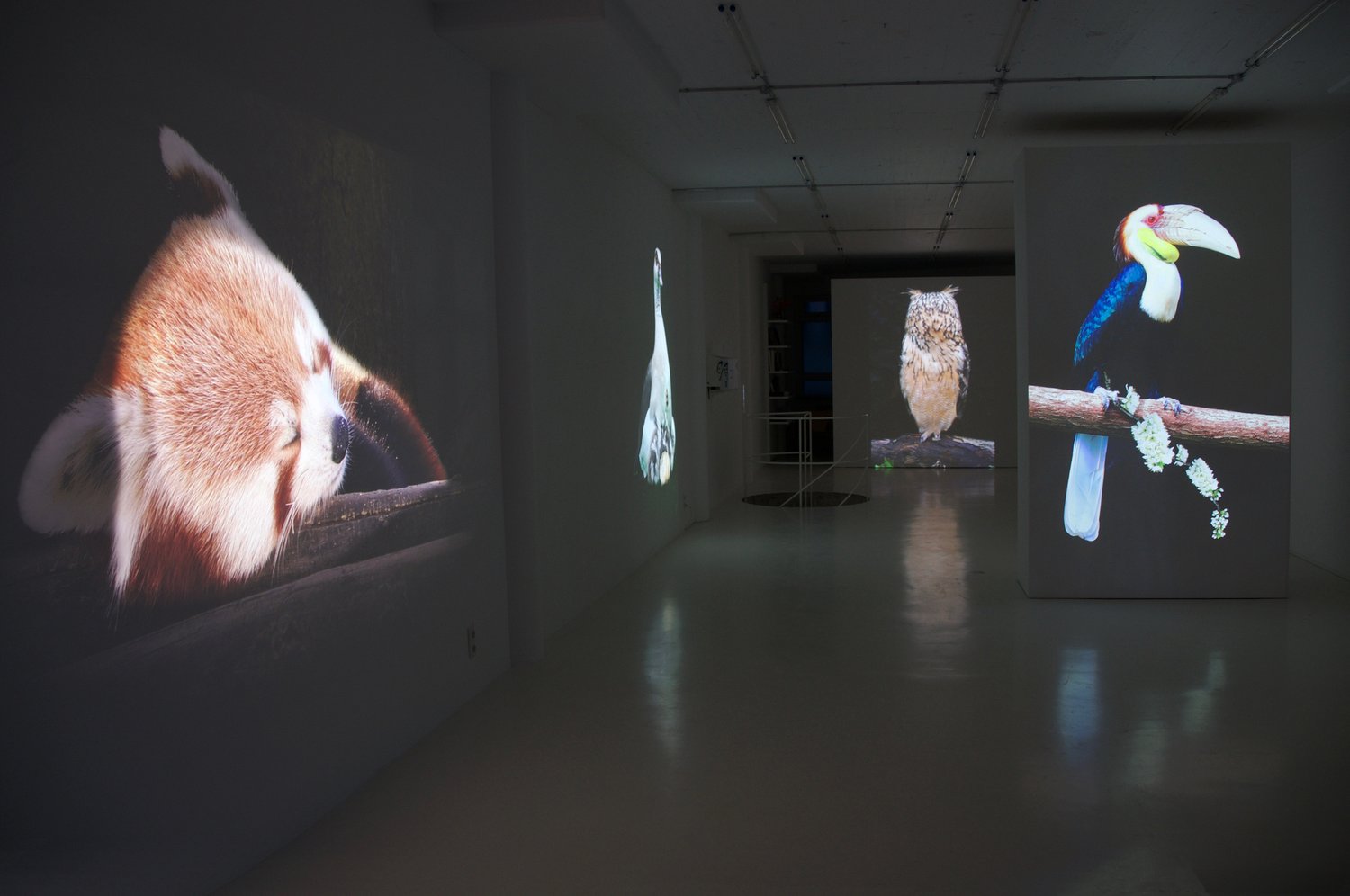
Marjan Laaper, ‘Longing for Paradise’
Kamiar Maleki: What makes you excited to exhibit in New York?
Clemente Brakel: I’m based in New York and happy to call it home. The energy and diversity of people I’ve encountered at VOLTA New York is always in a caliber of its own.
Kamiar Maleki: Why do you believe VOLTA will have a strong future ahead and what is it that we can do to further assist galleries like yourselves?
Clemente Brakel: VOLTA has become a welcoming venue for emerging and mid-career artists. I believe this is very important. Artists are given an impressive platform to show their artworks and collectors can enter the market at a more accessible price point. Ultimately, I believe VOLTA creates meaningful connections between new collectors and new artists that will allow the art market to propel forward for decades to come.
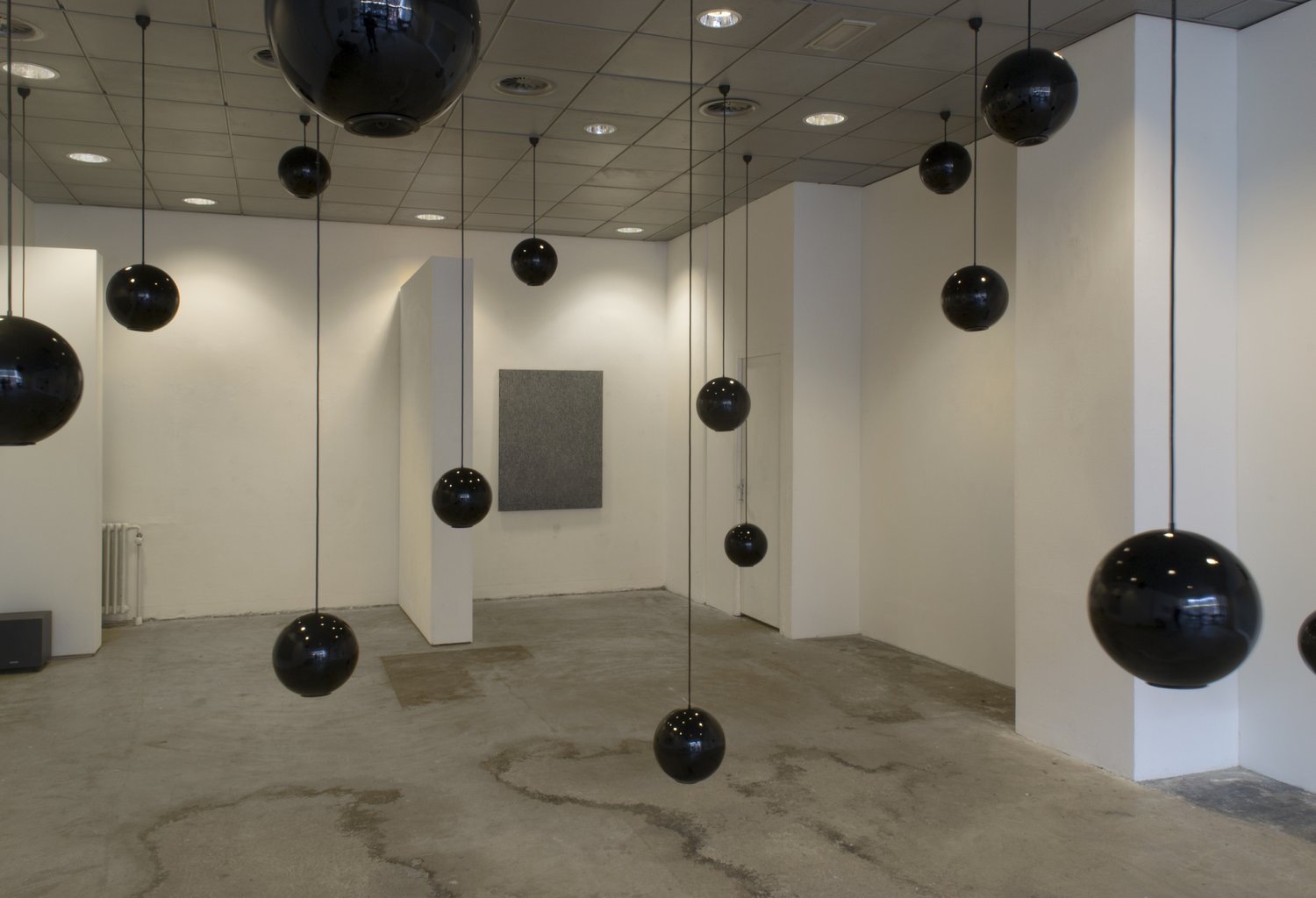
Arnout Killian, ‘Grating the Grid’
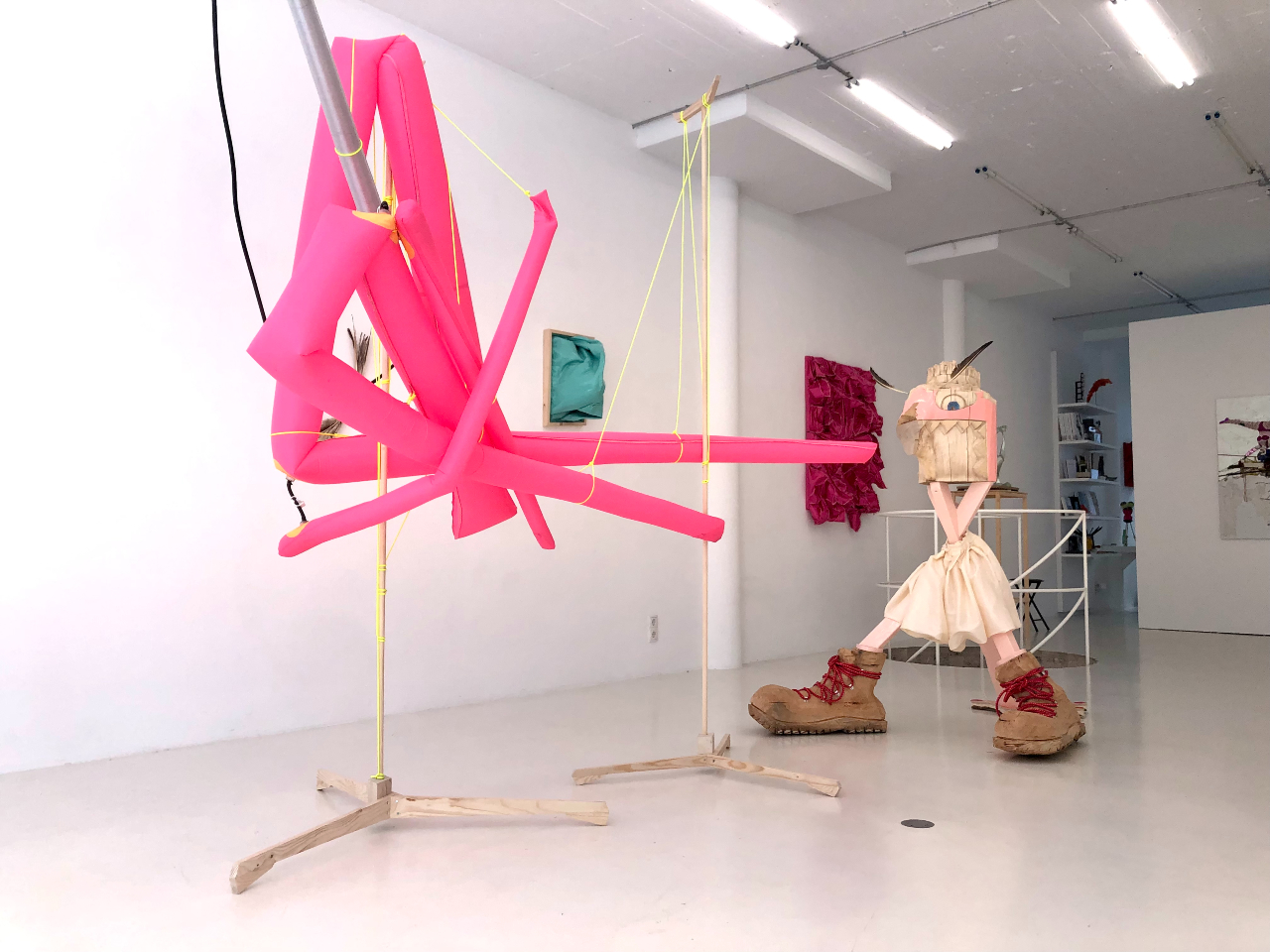
Preta Wolzak and Pieter Postma, ‘Twice as Nice and Nowhere to Hide’
